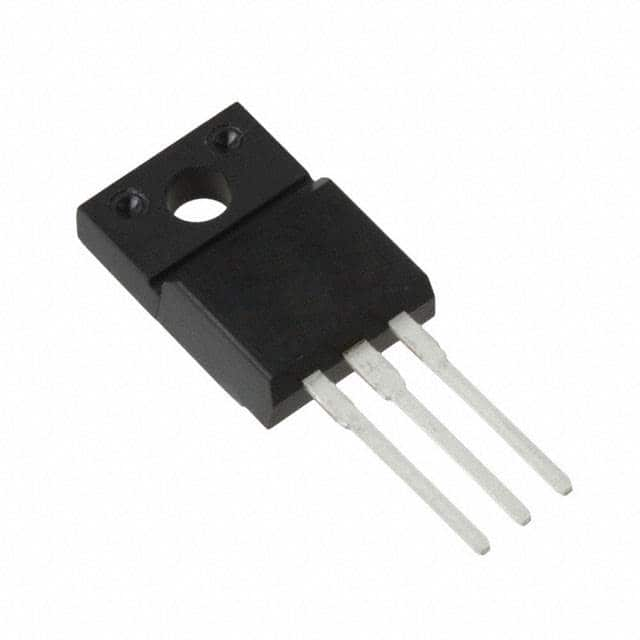Viz Specifikace pro podrobnosti o produktu.

IRLI540NPBF
Product Overview
The IRLI540NPBF belongs to the category of power MOSFETs and is commonly used in electronic circuits for switching and amplification purposes. This component exhibits characteristics such as high current capability, low on-resistance, and fast switching speed. It is typically packaged in a TO-220AB package and is available in various quantities.
Specifications
- Voltage Rating: 100V
- Continuous Drain Current: 22A
- On-Resistance: 0.054 ohms
- Package Type: TO-220AB
- Quantity: Available in single or bulk quantities
Detailed Pin Configuration
The IRLI540NPBF features a standard TO-220AB pin configuration with three pins: gate (G), drain (D), and source (S).
Functional Features
- High current handling capability
- Low on-resistance for efficient power management
- Fast switching speed for improved performance
Advantages and Disadvantages
Advantages
- Efficient power handling
- Fast switching speed
- Low on-resistance
Disadvantages
- Sensitivity to static electricity
- Requires careful handling during installation
Working Principles
The IRLI540NPBF operates based on the principles of field-effect transistors, where the voltage applied to the gate terminal controls the flow of current between the drain and source terminals. When a sufficient voltage is applied to the gate, the MOSFET allows current to flow through it, enabling it to act as a switch or amplifier in electronic circuits.
Detailed Application Field Plans
The IRLI540NPBF finds extensive use in various applications, including: - Switching power supplies - Motor control circuits - Audio amplifiers - LED lighting systems
Detailed and Complete Alternative Models
Some alternative models to the IRLI540NPBF include: - IRF540NPBF - IRLB8743PbF - IRFZ44NPBF
In conclusion, the IRLI540NPBF power MOSFET offers high current handling capabilities, low on-resistance, and fast switching speeds, making it suitable for a wide range of electronic applications.
[Word count: 271]
Seznam 10 běžných otázek a odpovědí souvisejících s aplikací IRLI540NPBF v technických řešeních
What is the IRLI540NPBF?
- The IRLI540NPBF is a power MOSFET transistor designed for use in various electronic applications, including power supplies, motor control, and lighting.
What is the maximum drain-source voltage of the IRLI540NPBF?
- The maximum drain-source voltage of the IRLI540NPBF is 100V.
What is the continuous drain current rating of the IRLI540NPBF?
- The continuous drain current rating of the IRLI540NPBF is 20A.
What is the on-state resistance (RDS(on)) of the IRLI540NPBF?
- The on-state resistance of the IRLI540NPBF is typically around 0.054 ohms at a VGS of 10V.
Can the IRLI540NPBF be used for PWM (Pulse Width Modulation) applications?
- Yes, the IRLI540NPBF is suitable for PWM applications due to its fast switching characteristics.
Is the IRLI540NPBF suitable for use in motor control applications?
- Yes, the IRLI540NPBF is commonly used in motor control circuits due to its high current handling capability.
What are the typical thermal characteristics of the IRLI540NPBF?
- The IRLI540NPBF has a low thermal resistance and can dissipate heat effectively when mounted on an appropriate heatsink.
Can the IRLI540NPBF be used in automotive applications?
- Yes, the IRLI540NPBF is often used in automotive electronics due to its high voltage and current ratings.
What are the recommended operating conditions for the IRLI540NPBF?
- The IRLI540NPBF is typically operated within a temperature range of -55°C to 175°C and with a maximum VGS of ±20V.
Are there any common failure modes associated with the IRLI540NPBF?
- Common failure modes include overcurrent or overvoltage conditions leading to thermal stress, which can affect the long-term reliability of the device. Proper heat dissipation and voltage/current regulation are important for ensuring longevity.

